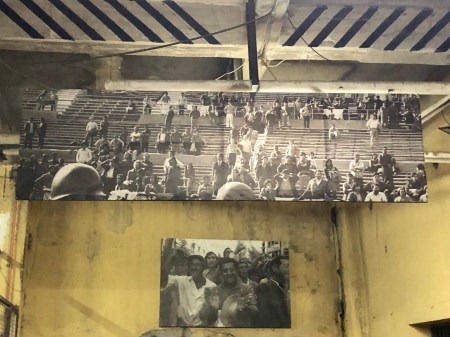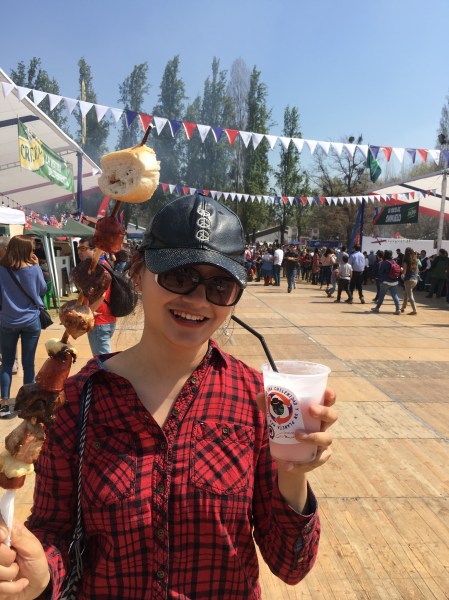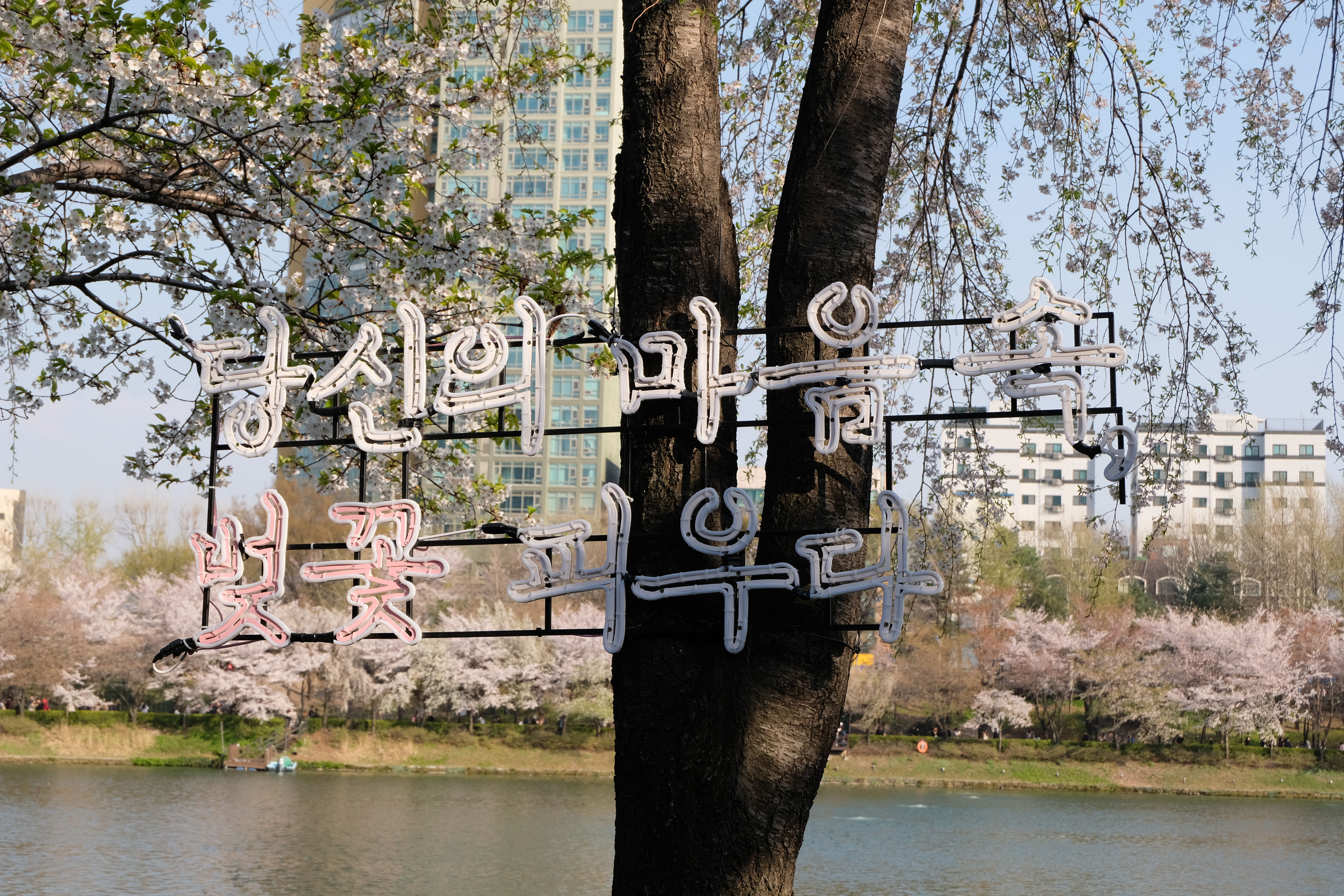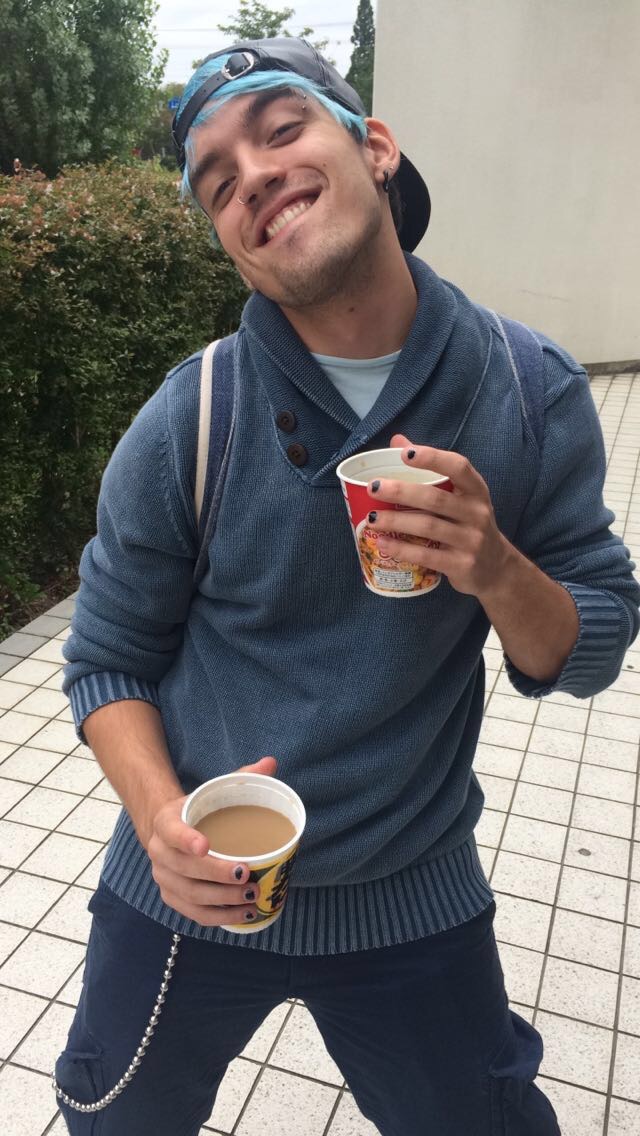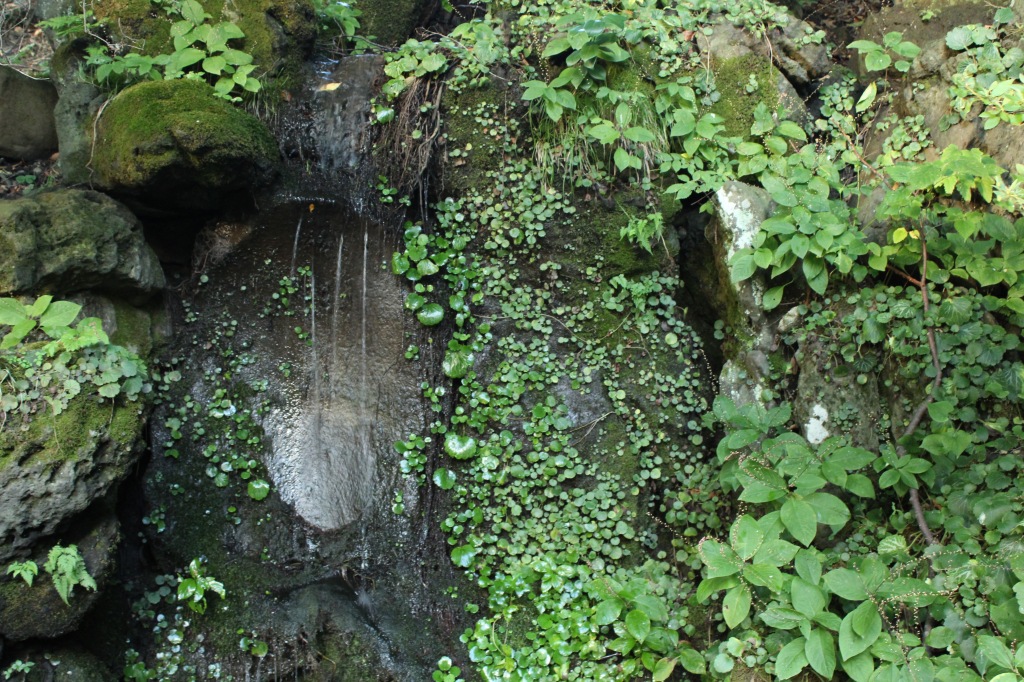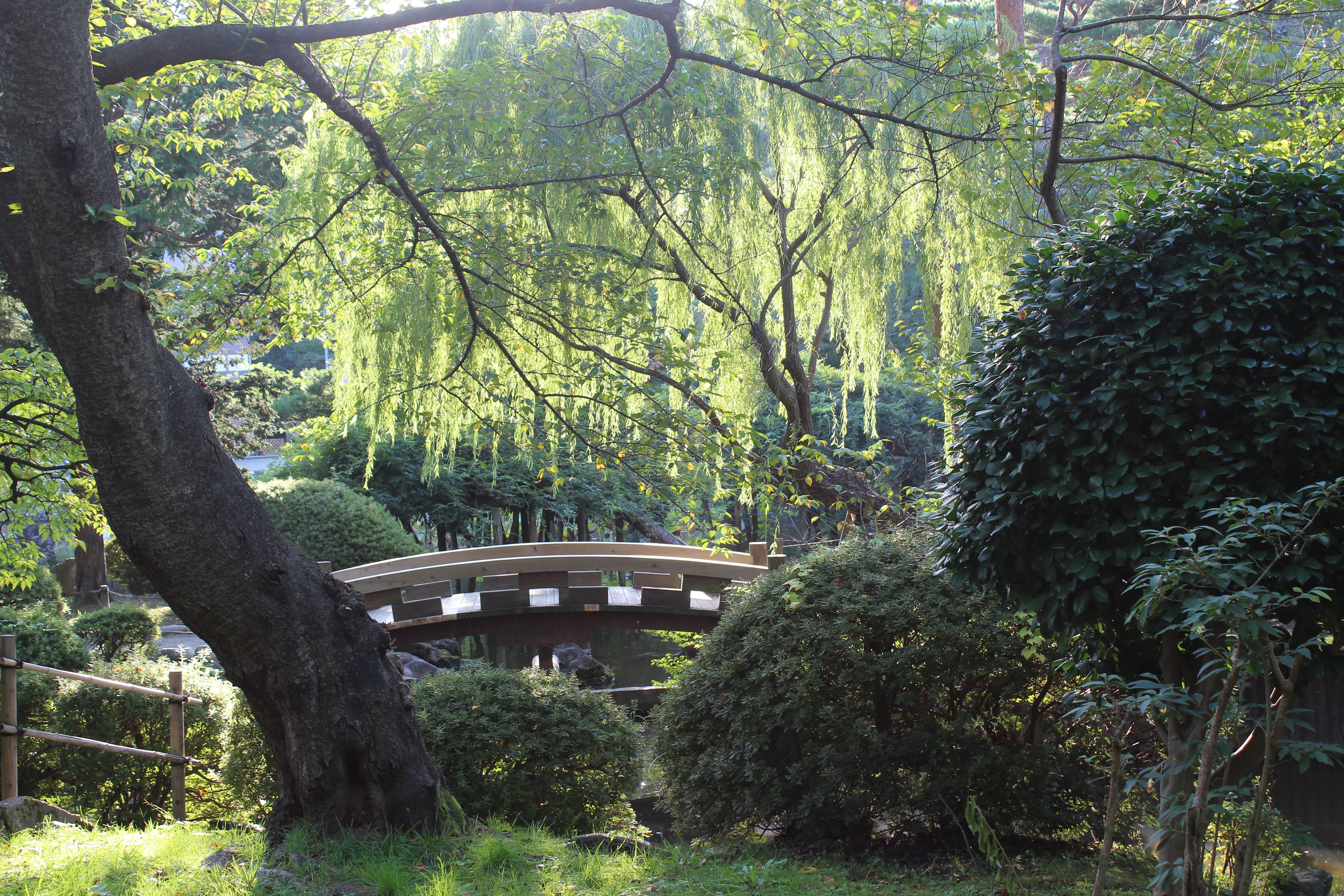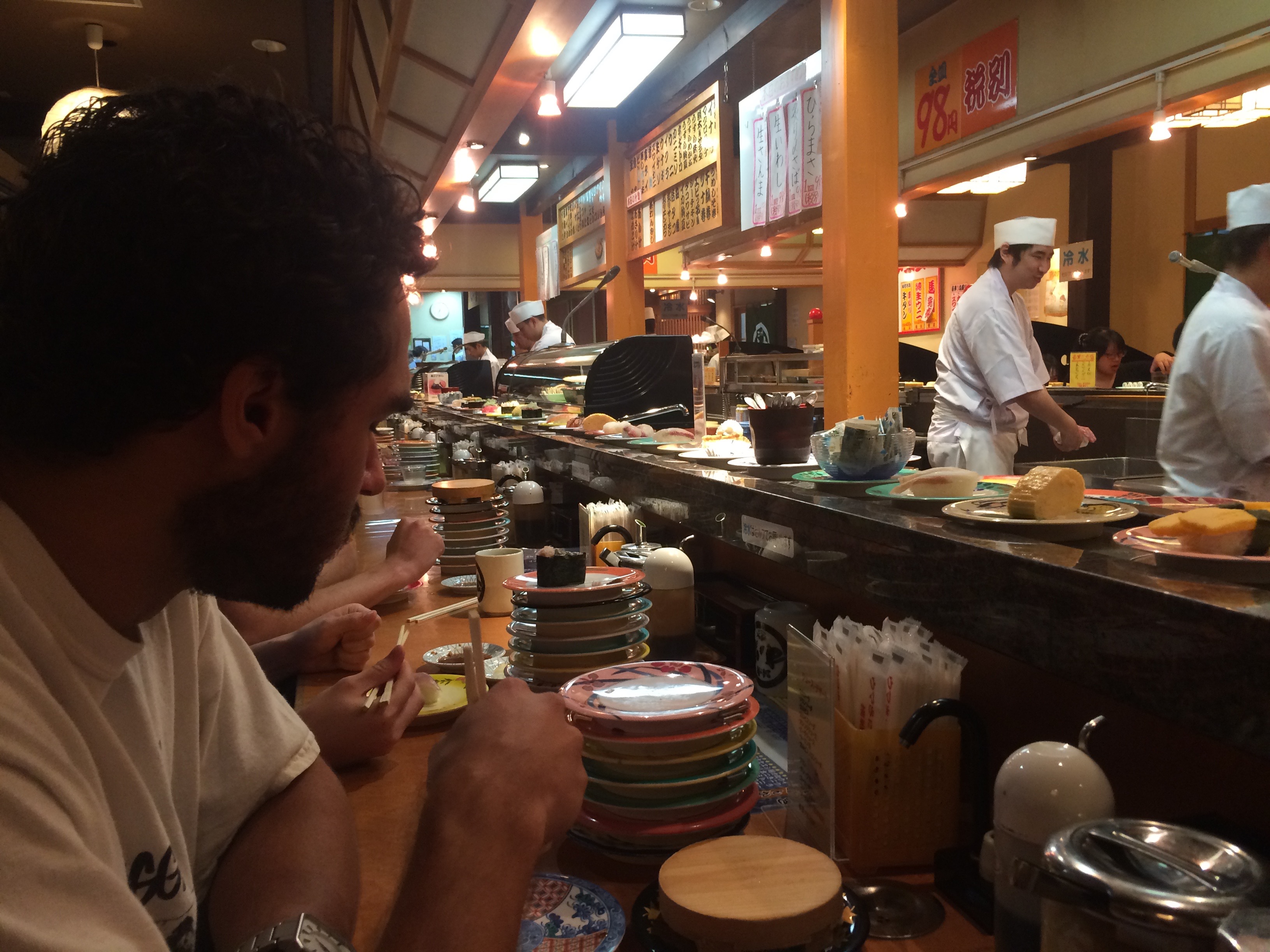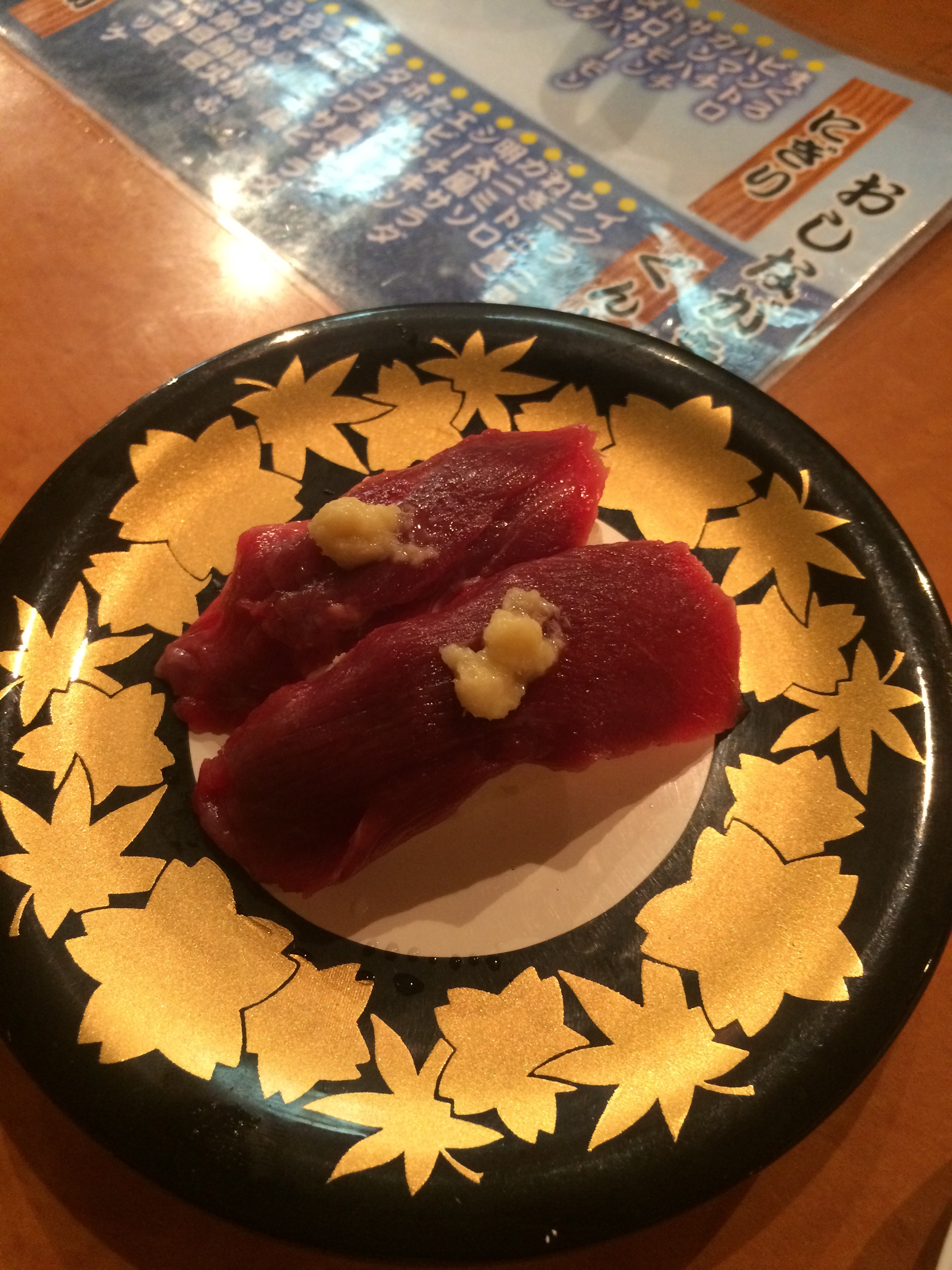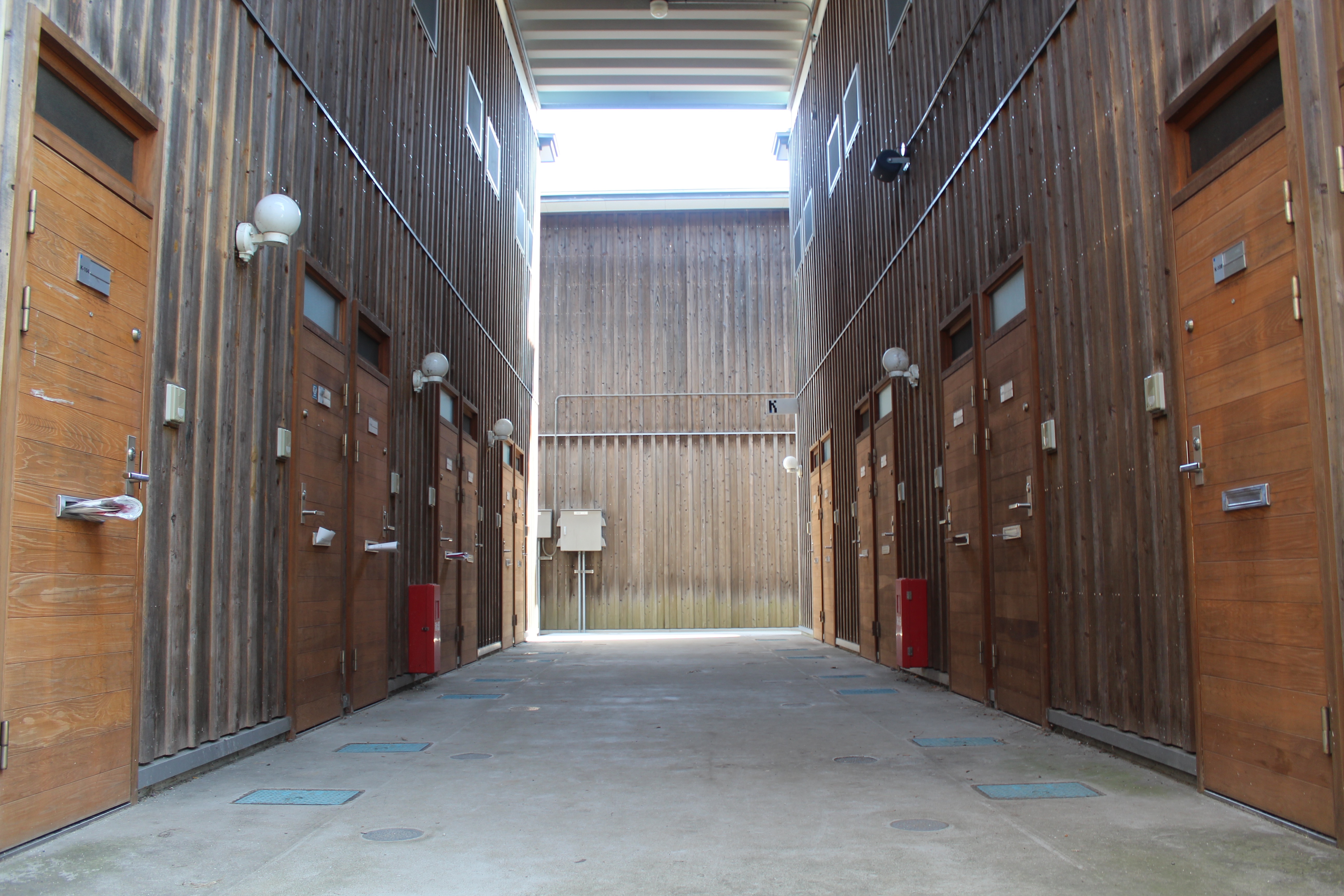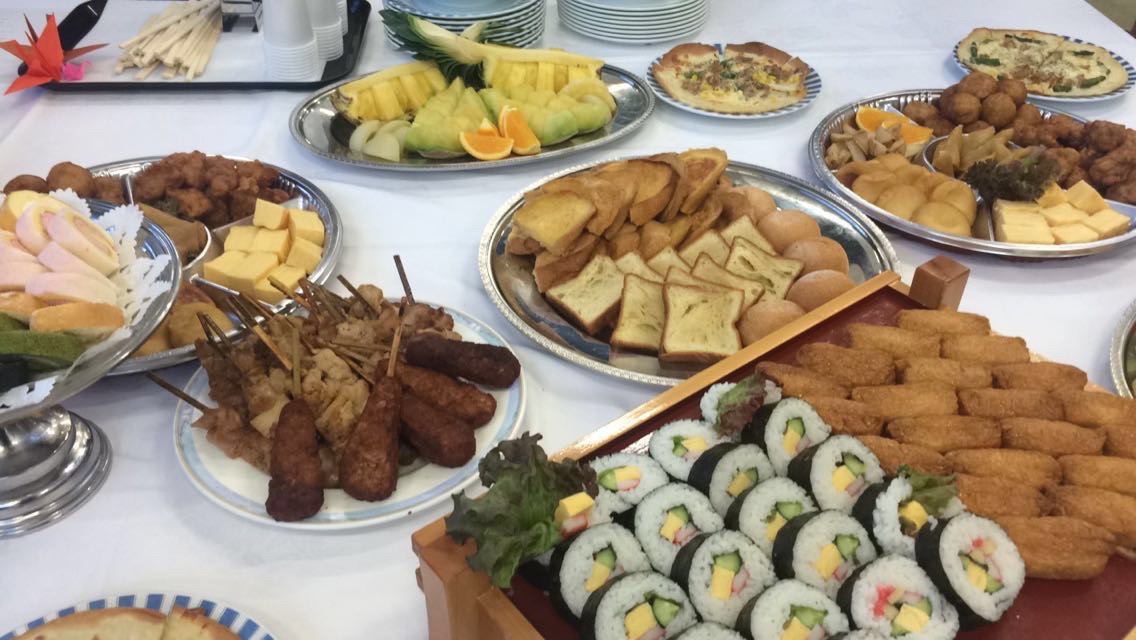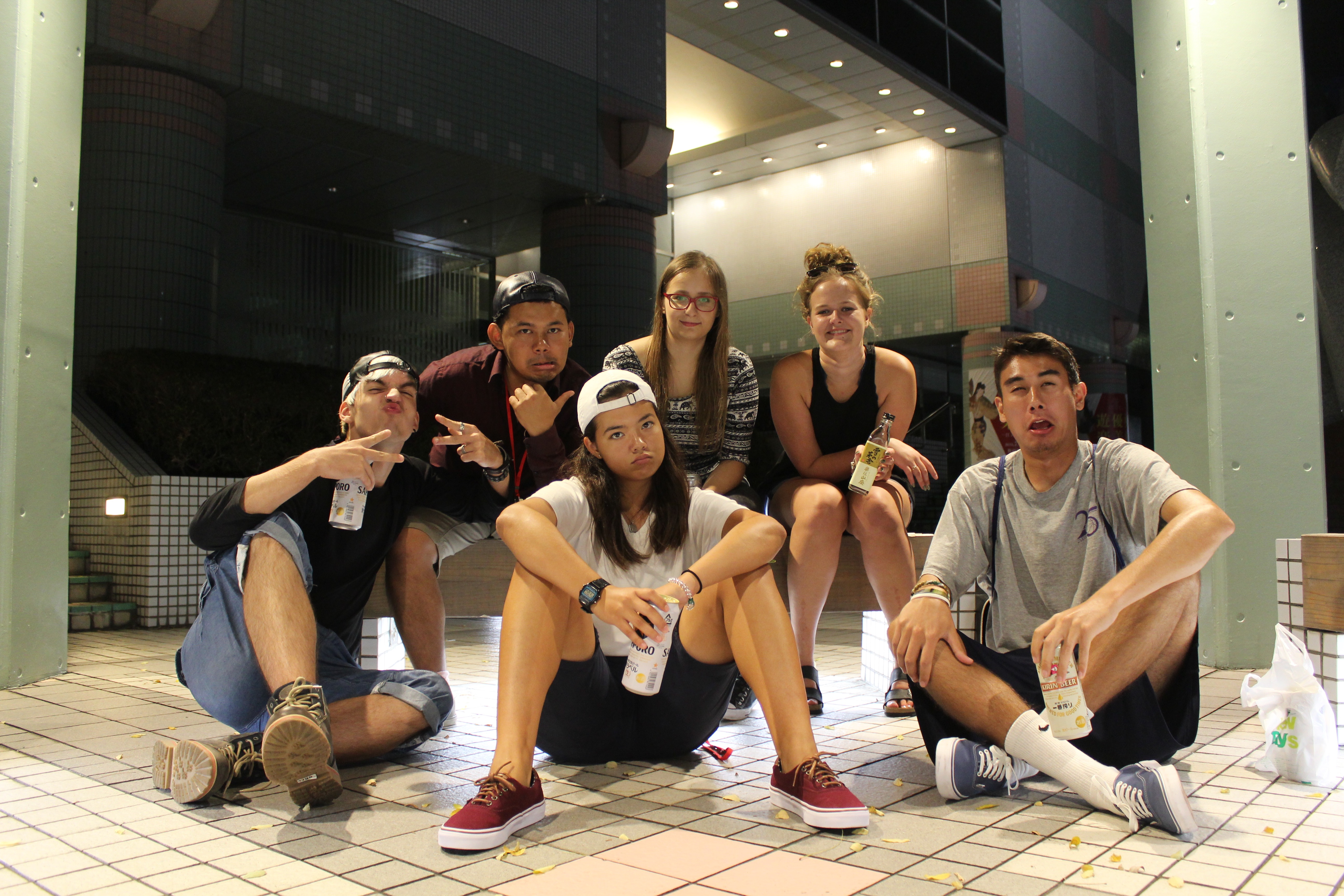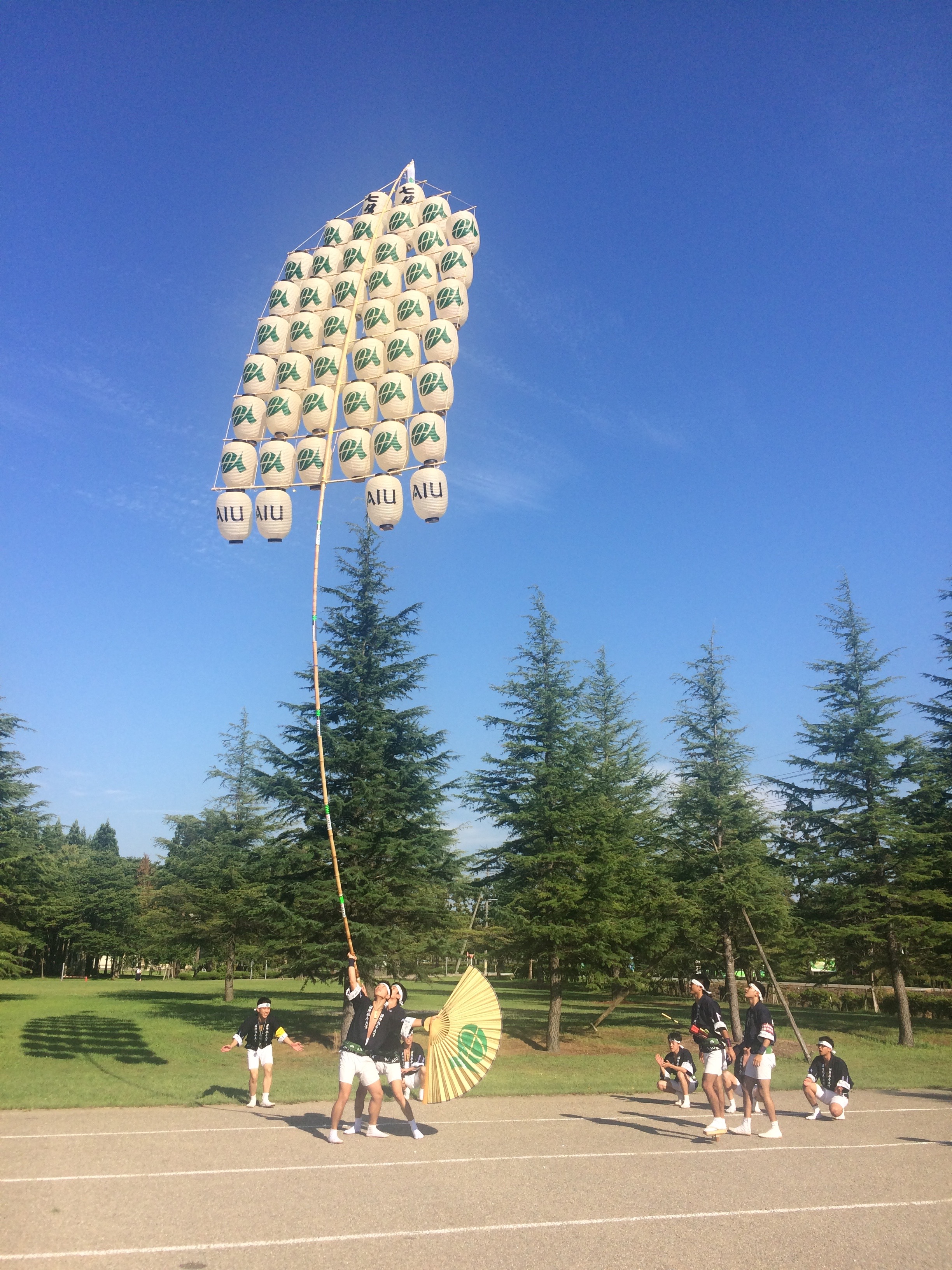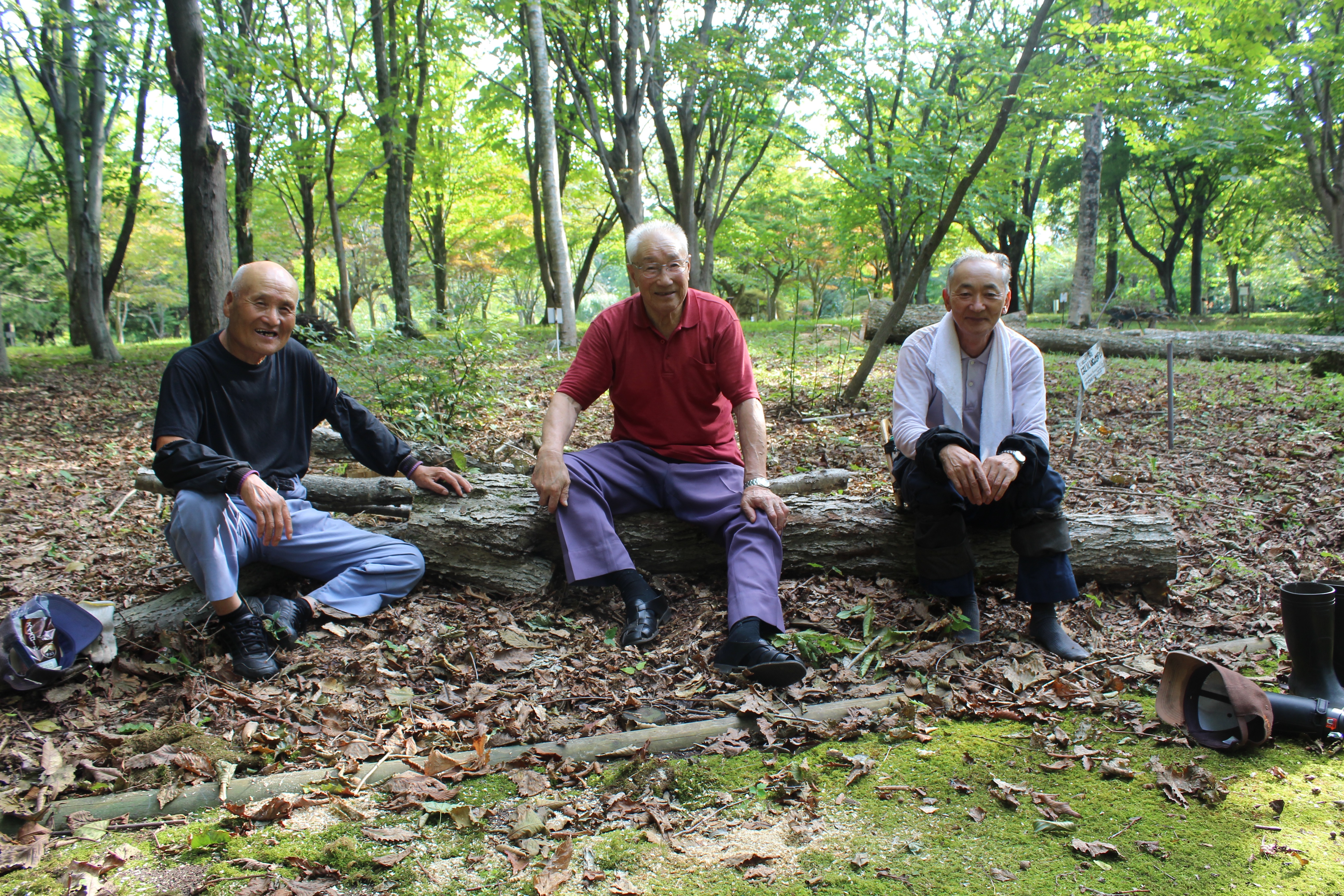Time flies so fast! We already departed Chile and came to our third destination, Nepal. We come, again, at the best time for celebration. Navratri is a ten-day celebration in the autumn for harvest after the monsoon season. Dashain is the tenth day and the biggest day of the festival.

On the ninth night, there is a mask dance. Only selected community members can perform this. Once they put on masks, it is believed that they are possessed by gods. They start dancing from streets, going around neighborhoods, until they reach the Durbar Square in the center of the town.
We were lucky to catch the tail end of the festival and spend time with our host family. After an exhausting day of celebration with other family members, our host parents came home early and performed the whole ritual for us. As they were preparing, I snuck in to watch the process. One crucial element in Hinduism is Tika. Elders put tika on the forehead of younger relatives to bless them with abundance in the upcoming years. The red also symbolizes the blood that ties the family together. Each family has its own “recipe;” generally, one would mix rice, yogurt, and red coloring from roses to make tika.
After everything was set, we went in pairs, kneeling on the mats in front of our host parents. Our host dad put tika onto our foreheads to give us blessings and a black mark to protect us from evil. Then, he said a prayer in Nepali, which could roughly be translated as: “I wish you all the happiness, health, luck, and all good things happen upon you.” At the end, he also patted our heads. Then, our host mom gave us a handful of things: new paper money, a new coin, a fruit, and some sweets. These symbolize good harvest and wealth.
Having this cultural experience was already incredibly amazing; yet, something even more miraculous happened: the Kumari (living goddess in Hinduism) came to our neighborhood to give blessings.
To be named a Kumari, a young girl has to pass dozens of tests to prove her righteous deity. For example, she should have never shed any blood (got any scar) or lost any teeth. She should not be afraid of evil. To test her bravery against evil, the candidate will be put into a dark room with masked men dancing around and heads of animals illuminated with candles. If she expresses any fear, she will be ruled out. Once a girl becomes a Kumari, she will stay in Kumari Ghar, a palace in the center of the city, and perform rituals for the disciples.
Kumari rarely comes out of the palace, but only for special occasions. In the past, Kumari would go to the king’s palace to perform rituals for royalty. After the abolishment of monarchy, she has been paying visits to the neighborhood of the descendants. Four families in our neighborhood are connected with the king, including my host family. Thus, she came to our neighborhood and stayed in the house of the senior member in the community.
At nine o’clock at night, she was carried into the community by her father. Many children ran to meet the Kumari. They worshiped her by touching her feet, and some put her feet onto their heads, getting blessings. Then, she was brought into the house and closed the door. My host brother said that the Kumari had to perform a series of rituals secretly. After a moment, her father came to re-open the door to the line of people waiting to receive blessings.
It is a mental juggling practice for me to comprehend the role of the Kumari. From a western point of view, the role of Kumari is so radically against individual’s rights: she has no freedom of movement as she cannot walk; she cannot talk to anyone other than her family; she used to not receive any education (now there will be a private tutor for her); and she “retires” once she receives her first period. Yet, for Nepalis, the Kumari is the manifestation of the divine female energy. She is the living vessel of Goddess, as she embodies innocence, courage, and spirit. So, should we appreciate the role of Kumari as a cultural and religious tradition or critique it with our western “civilized” ideologies?
Anyway, this was a once in a lifetime experience, and I truly appreciate being able to participate in this celebration.


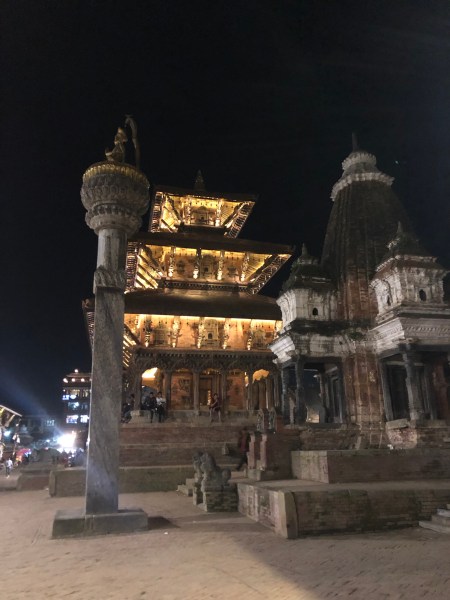




 Posted by Camellia Liu
Posted by Camellia Liu 

